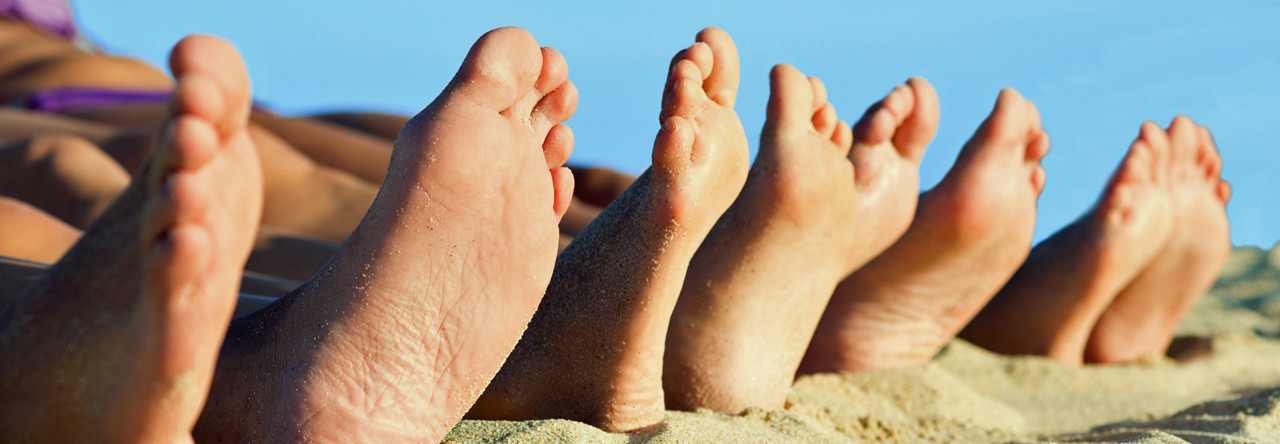Hammer toe is a term that is commonly used to describe any type of toe deformity which may or may not be a problem. In a hammertoe the deformity usually exists in one toe (at the proximal inter phalangeal joint) – the base of the toe points upward and the end of the toe points down.
The symptoms of a hammer toe are usually first noticed when a corn or bunion develops on the top of the toe and becomes painful, usually when wearing tight shoes. There may be a bursa under the corn or instead of a corn, depending on the pressure. Most of the symptoms are due to pressure from footwear on the toe. There may be a callus under the metatarsal head at the base of the toe. Initially a hammer toe is usually flexible, but when longstanding it becomes more rigid.
Some families are more prone to develop hammer toes other simply have weaker small muscles in their feet.
Prevention of a hammer toe can be difficult as symptoms do not usually start until the problem is well established. However, there are several things that you can do:
• Wear appropriate footwear. The correct amount of space in the toe will allow the toes to function without excessive pressure. Shoes should be one-half inch longer than your longest toe.
• Treat any corns or calluses that are present.
• Use padding to get pressure off the toe.
• Use hammer toe crests and hammer toe splints.
• Ger gel toe shields and gel toe caps.
If conservative treatments are not successful, surgery may be used to correct a hammertoe, usually as a day procedure.

Powered by WordPress & Theme by Anders Norén
Comments are closed.